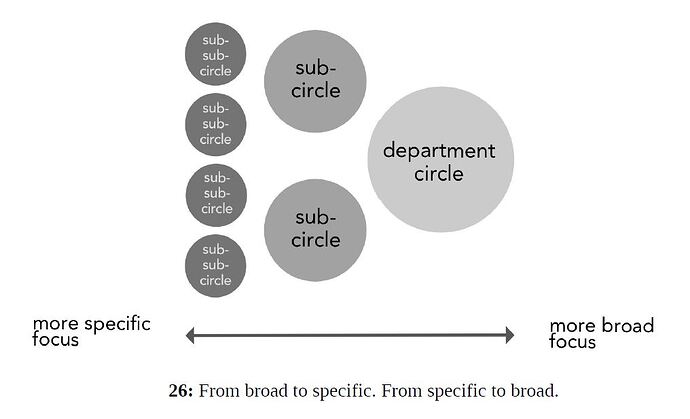Q1: What is sociocracy?
A1: Sociocracy is a governance and decision-making system that aims to create harmonious and effective organizations by empowering all members to participate in decision-making and ensuring that their voices are heard.
Q2: How does sociocracy differ from traditional hierarchical systems?
A2: Unlike traditional hierarchical systems where decisions are made by a few individuals at the top, sociocracy distributes decision-making power throughout the organization. It promotes collaboration, transparency, and shared responsibility among all members.
Q3: What are the key principles of sociocracy?
A3: The key principles of sociocracy include consent-based decision-making, the circle structure for organizing work, double-linking to ensure effective communication between circles, and continuous improvement through feedback loops.
Q4: How does consent-based decision-making work in sociocracy?
A4: In sociocracy, consent-based decision-making means that a proposal can move forward to become a decision if no member of the group has any reasoned objections to it. It allows for efficient decision-making while ensuring that everyone’s concerns and perspectives are taken into account.
Q5: What is a circle in sociocracy?
A5: A circle in sociocracy is a self-organizing group of individuals who work together to accomplish specific tasks or goals. Each circle has its own purpose, aims, and domain of authority, and members are empowered to make decisions within their circle’s domain.
Q6: What is double-linking in sociocracy?
A6: Double-linking is a communication and decision related structure in sociocracy that ensures effective flow of information and coordination between circles. It involves having one or more members from a circle participate in the decision-making and operations of a higher-level circle (and vice versa) enabling circle integration and alignment.
Q7: How does sociocracy promote transparency in organizations?
A7: Sociocracy promotes transparency by making information accessible to all members of the organization. It encourages open communication, sharing of information, and clear decision-making processes, fostering trust and accountability.
Q8: Can sociocracy be implemented in different types of organizations?
A8: Yes, sociocracy can be implemented in various types of organizations, including businesses, nonprofits, cooperatives, intentional communities, schools, and all kind of community groups (like climate activists communities). Its principles and practices can be adapted to suit the specific needs and contexts of different organizations.
Q9: What are the potential benefits of implementing sociocracy?
A9: Some potential benefits of implementing sociocracy include increased engagement and participation of members, improved decision-making processes, enhanced collaboration and teamwork, better accountability and transparency, and a more resilient and adaptable organization.
Q10: Are there any challenges or drawbacks to implementing sociocracy?
A10: While sociocracy offers many advantages, implementing it may face challenges such as resistance to change, the need for training and education, potential conflicts during decision-making, and ensuring effective communication and coordination between circles. It requires a commitment to ongoing learning and adaptation.
Q11: Are there real-world examples of organizations successfully using sociocracy?
A11: Yes, there are real-world examples of organizations that have successfully implemented sociocracy. Some well-known examples include the Dutch healthcare organization Buurtzorg, the sociocracy-based schools in the Netherlands called “De Ruimte,” and the EcoVillage at Ithaca in the United States. You already know about Sociocracy For All.
There are many other possible Q&A about sociocracy. I invite you to add more questions, propose more answers as comments below.
If you would like to share your comments or personal reflections on this topic, please feel free to do so in a comment below. Thank you.
Best wishes.

